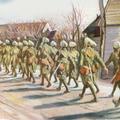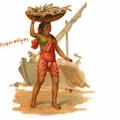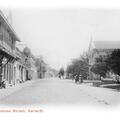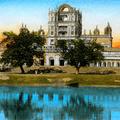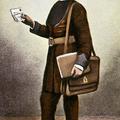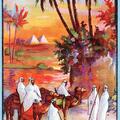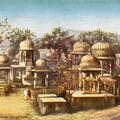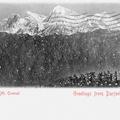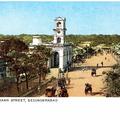Indien [India, back]
[Original caption] In Commemoration of the Visit of the German Crown Prince to East Asia 1910-1911 [back]
The reverse of the spectacular postcard commemorating the visit of Crown Prince Ferdinand to India. Note the Kolkata postmark.
[Original] Zur

![Indien [India, back] Indien [India, back]](https://www.paperjewels.org/sites/default/files/styles/square_thumbnail/public/slides/indien-back_0.jpg?itok=jo69xn6I)
